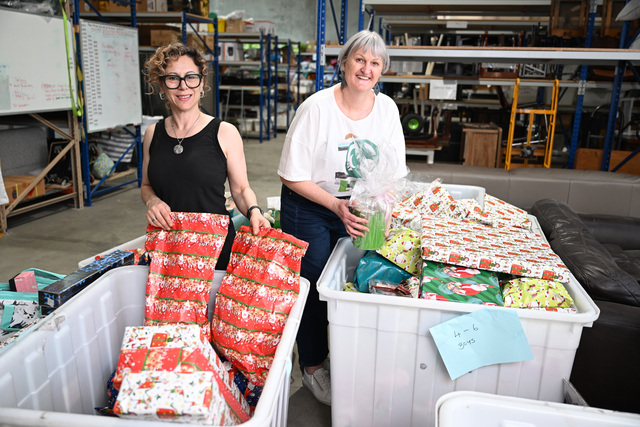Melbourne’s western suburbs have been ranked fourth-worst in the nation in a “liveability” study conducted into Australia’s metropolitan areas.
Market research company Ipsos last month released its annual Life in Australia survey, which measures community values and the liveability of areas by asking 10,000 residents to rank factors such as access to high-quality health services and education; public transport; job prospects; a lack of road congestion; social cohesion; and shopping, dining and leisure.
Out of the 42 metropolitan areas ranked by the study, Melbourne’s west placed fourth-last with an overall “liveability” score of 53.1 per cent.
Melbourne’s north-west placed sixth-last on the list, with an overall score of 53.7 per cent.
Sydney’s south-west ranked lowest with a score of 49.1 per cent.
Perth’s inner suburbs placed first with 68.6 per cent, while Melbourne’s highest-ranked area was the inner south, which placed fourth with a score of 65 per cent.
Three years ago, PwC Australia (PricewaterhouseCoopers) released a report into the liveability of Melbourne’s various regions.
According to the report, Melbourne’s west “has been the fastest growing region of an already fast-growing city, and this is likely to remain the case for some time to come”.
“The proximity of affordable and developable land, combined with significant infrastructure investments such as the Western Ring Road and Regional Rail, have helped Melbourne’s west to boom,” the report stated.
In addition, the report said sustained population growth in areas including Werribee, Melton, Caroline Springs and Point Cook was “increasingly placing pressure on infrastructure, and affecting the accessibility and liveability of our suburbs in the west”.
But the report states some of the positives in the west included access to arts and community hubs.






